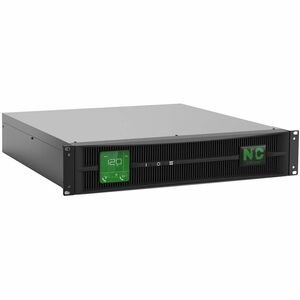So, you’ve bought our new lithium-ion UPS systems to replace antiquated VRLA or lead acid UPS battery backups with failing batteries. Now what?
Don’t just toss the UPS systems you’re replacing. Recycle them! (It’s probably the law in your state, anyway.)
The United Nations estimates that, in 2016, 44.7 million metric tons of e-waste was generated, and only 20 percent of it was recycled. UN experts forecast e-waste increasing a further 17 percent, to 52.2 million metric tons, by 2021. It’s important to take action and dispose of electronic waste properly.
We know your VRLA UPS system contains two poisonous and toxic substances. They’re listed right in the name — lead and acid (sulfuric). That alone should tell you the importance of recycling them.
Among other hazardous substances, electronic devices can also contain mercury and cadmium, which should also be recycled or disposed of properly. In addition, lead must be mined, which brings its own set of harmful environmental consequences.
The lead-acid batteries inside your UPS — which are similar to deep-cycle marine batteries — are banned from landfills and incinerators in every state because they are so toxic. Exposure to the components inside can cause health problems in humans and animals, and they can poison water supplies if their contents leak out.
The batteries contain lead plates, which are immersed in an acid and water solution inside its plastic container. Over time, the plates wear down and the acid dilutes, causing the batteries to fail and be replaced, usually every 2-5 years.
Our lithium-ion UPS systems cut down electronics waste as our batteries are expected to last 15 years or more. We even provide a worry-free 10-year replacement warranty should your unit fail. Send the old unit back to us, we’ll recycle it and send you a replacement.
Reports show that about 90 percent of all lead-acid batteries (mostly car and boat batteries) are recycled. Reclaimers crush batteries into nickel-sized pieces and separate the plastic casing from the internal components. Plastic is collected and reprocessed for manufacture into new plastic products. Lead and other metals are often redistributed to battery manufacturers and other industries for reuse. A typical lead-acid battery contains 60 to 80 percent recycled lead and plastic.



